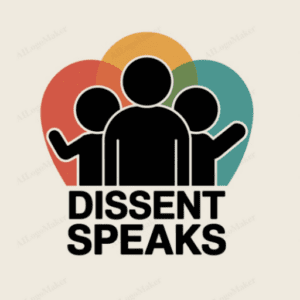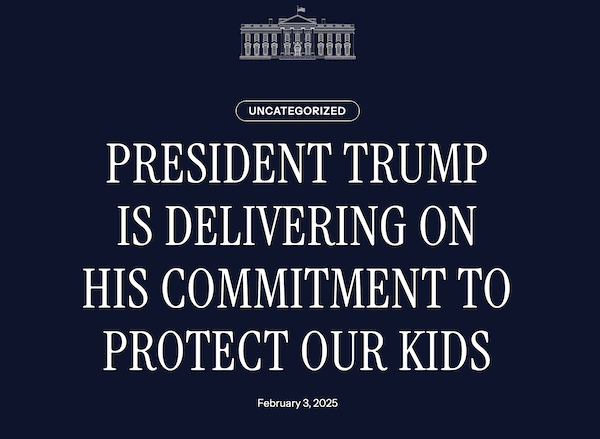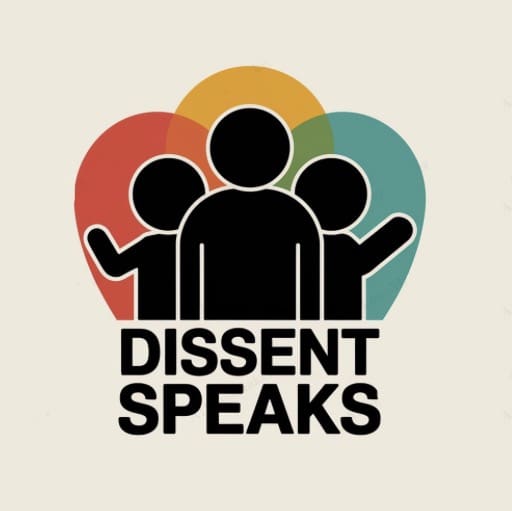On February 3, 2025, the White House released a statement announcing executive action regarding gender-affirming care for minors, spurring significant changes across American healthcare institutions. This analysis examines the announcement’s context, impact, and the broader discussion surrounding youth healthcare policy.
The Executive Action and Its Immediate Effects
The White House announcement highlighted several immediate responses from major medical institutions across the United States. Notable changes include:
NYU Langone Health in New York has begun canceling certain appointments for minors, including scheduled treatments involving puberty-blocking medication. In Colorado, both Denver Health and UCHealth have announced modifications to their services for minors. Similar reviews and suspensions have occurred at institutions in Virginia, Washington D.C., Illinois, and Pennsylvania.
Understanding Gender-Affirming Care
To contextualize this policy change, it’s important to understand what gender-affirming care typically involves. This healthcare approach encompasses a range of services, from psychological support to medical interventions, each tailored to individual needs and circumstances. Medical organizations have established detailed protocols and guidelines for providing such care, particularly for young patients.
Traditional medical protocols require extensive evaluation and multiple professional assessments before any medical interventions are considered. This typically involves mental health professionals, endocrinologists, and other specialists working together to determine appropriate care paths.
The Medical Consensus and Ongoing Debate
The medical community’s position on gender-affirming care has been developed through extensive research and clinical experience. Organizations like the American Academy of Pediatrics have established evidence-based guidelines for treating gender-diverse youth, emphasizing individualized care approaches and careful consideration of each patient’s unique circumstances.
However, the topic remains subject to ongoing scientific research and policy debate. Questions about optimal treatment timing, long-term outcomes, and appropriate age-based protocols continue to be studied and discussed within the medical community.
Policy Implementation and Healthcare Access
The executive action’s implementation raises several important considerations about healthcare access and medical decision-making. Healthcare providers must now navigate between federal policy directives and their established medical protocols, while considering:
- Continuity of care for existing patients
- Legal and regulatory compliance
- Medical ethics and professional standards
- Patient and family needs
Understanding the Broader Context
This policy change occurs within a larger national conversation about healthcare regulation, parental rights, and medical decision-making for minors. Similar debates have emerged around other aspects of youth healthcare, reflecting ongoing discussions about the appropriate balance between government oversight, medical expertise, and family autonomy.
Impact on Healthcare Institutions
The response from healthcare institutions has varied, with some implementing immediate changes while others initiate reviews of existing protocols. This diversity in response reflects the complex nature of healthcare policy implementation and the different ways institutions interpret and adapt to federal directives.
Looking Forward
As this policy continues to be implemented, several key developments bear watching:
- How healthcare institutions will adapt their protocols and services
- The development of new guidelines and standards of care
- The response from medical professional organizations
- Potential legal challenges and legislative responses
- The impact on affected families and healthcare providers
Conclusion
The February 2025 executive action represents a significant shift in federal policy regarding youth healthcare. Understanding its implementation and effects requires considering multiple perspectives: medical, legal, ethical, and social. As the situation continues to evolve, ongoing monitoring and analysis will help clarify the long-term implications for healthcare delivery and policy development in the United States.
The complexity of this issue underscores the importance of continuing research, open dialogue, and careful consideration of how policy changes affect healthcare delivery and patient outcomes. Future developments will likely continue to shape the landscape of youth healthcare policy and medical practice in America.


